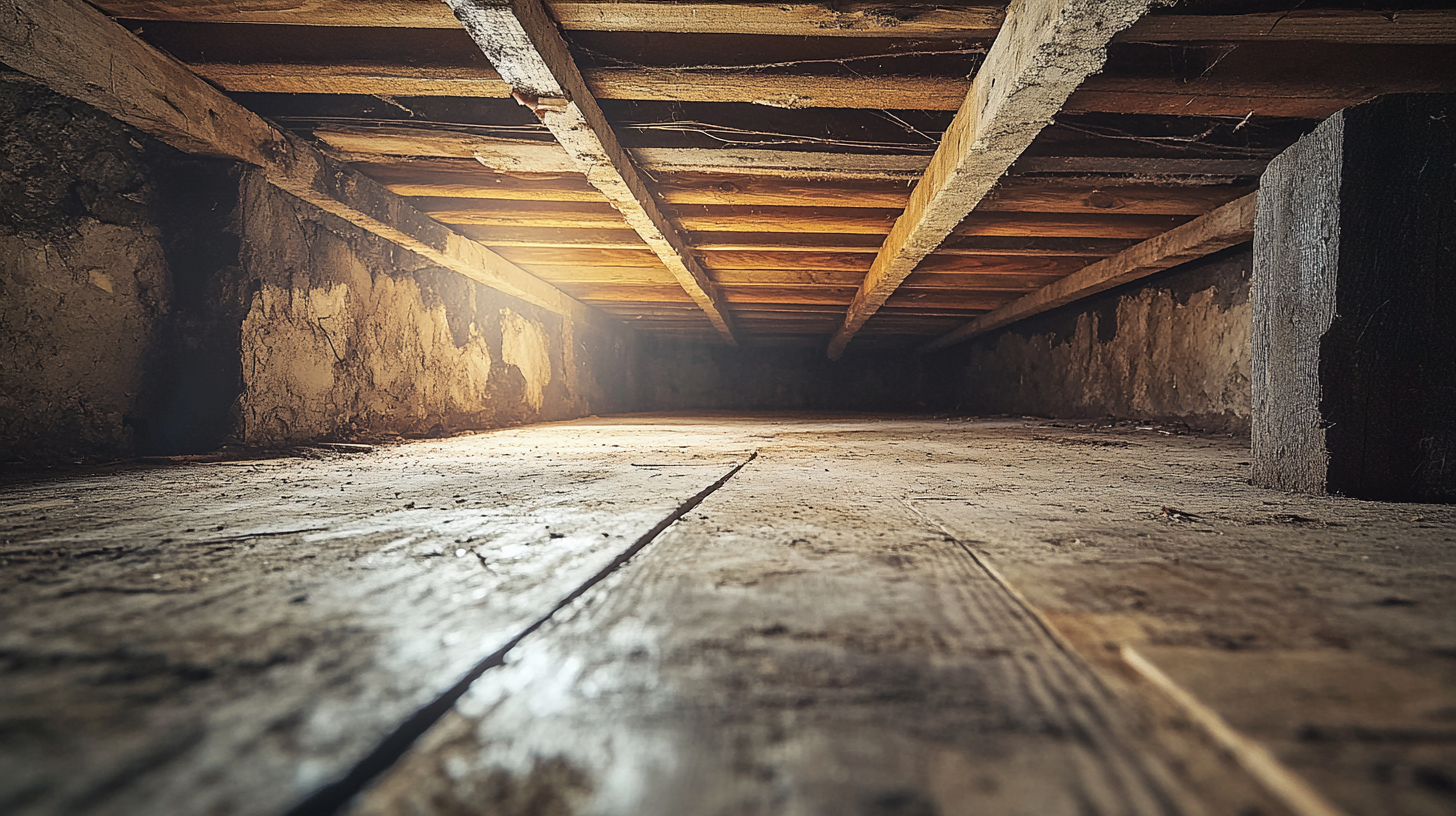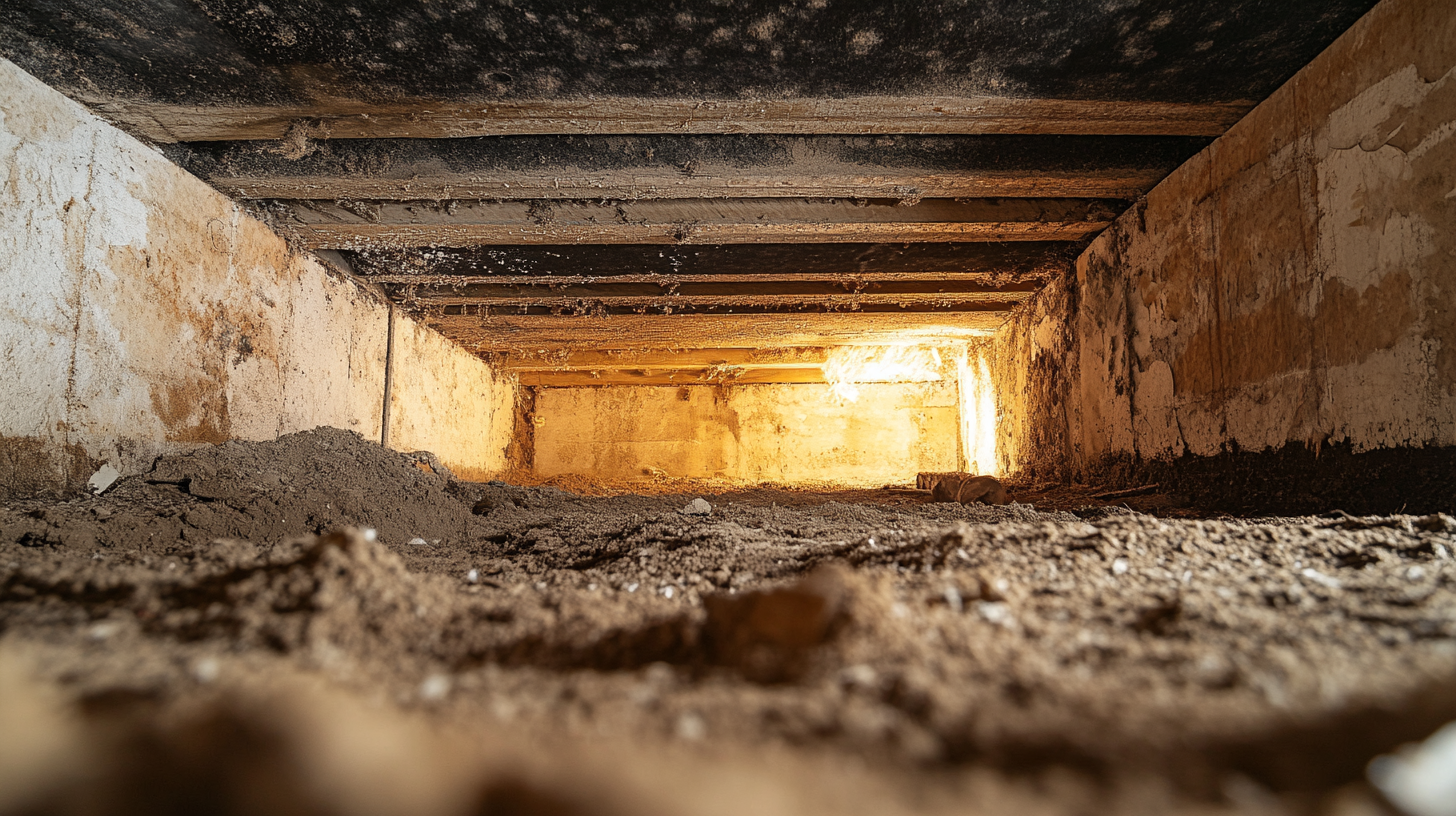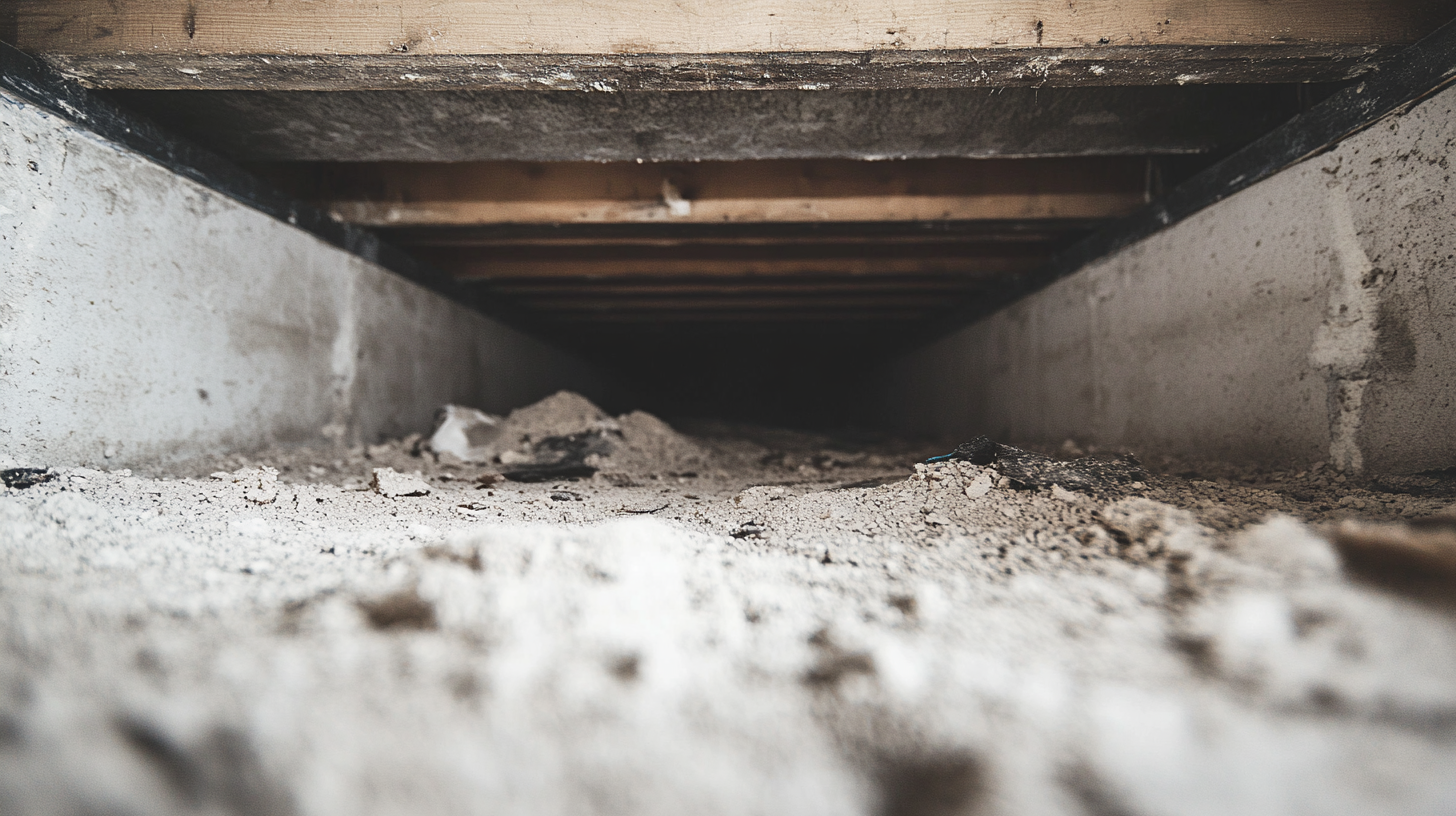Locally owned and operated.
Call Us Anytime: +1 843-304-6615
CLEANING & RESTORATION
24/7 Emergency Services:
Call us at 843-305-3383
Locally owned and operated.
Call Us Anytime: 843-305-3383
CLEANING & RESTORATION
24/7 Emergency Services:
Call us at 843-305-3383
Essential Tools and Technologies for Accurate Fire Damage Assessment

In the realm of property management and disaster recovery, the accuracy of fire damage assessment is paramount. Fire incidents can cause extensive damage, not just to the physical structure of a property, but also to the contents within, leading to significant financial loss and emotional distress. Accurate fire damage assessment plays a critical role in the recovery process, ensuring that all damages are properly identified, documented, and addressed.
Accurate assessments help in determining the extent of the damage, which is essential for effective restoration planning. They provide a clear picture of what needs to be repaired or replaced, helping property owners and insurers make informed decisions. Furthermore, thorough and precise assessments facilitate fair and equitable insurance claims, reducing disputes between property owners and insurance companies.
Moreover, accurate fire damage assessments contribute to safety. By identifying all areas affected by the fire, including structural damages that may not be immediately visible, professionals can address potential hazards that might pose risks during the restoration process. This ensures that the rebuilding process is not only efficient but also safe for workers and future occupants.
In conclusion, the importance of accurate fire damage assessment cannot be overstated. It forms the foundation for effective recovery, safety, and fair compensation, ultimately aiding in the restoration of normalcy after the devastation of a fire.
Importance of Accurate Fire Damage Assessment
Ensuring Safety
- Identifying Structural Hazards: Accurate fire damage assessment is critical in identifying structural hazards that may not be immediately visible. By thoroughly inspecting the affected areas, professionals can detect weakened structural components, ensuring that these hazards are addressed before they pose a risk to occupants and workers during the restoration process.
- Preventing Further Damage: A detailed and precise assessment helps in preventing further damage by identifying all affected areas and potential vulnerabilities. This allows for timely intervention and repairs, which can mitigate additional deterioration caused by exposure to elements or compromised structural integrity.
Facilitating Insurance Claims
- Providing Detailed Documentation: Accurate fire damage assessments provide comprehensive documentation of all damages. This detailed record is essential for substantiating insurance claims, ensuring that all damages are accounted for and adequately described. It forms the basis for discussions with insurance adjusters and supports the claim process by providing clear and incontrovertible evidence of the extent of the damage.
- Supporting Fair and Timely Claims Processing: With precise and thorough documentation, the claims process becomes more efficient and transparent. Insurance companies rely on accurate assessments to process claims fairly and promptly, reducing the likelihood of disputes and delays. This ensures that property owners receive the compensation they need in a timely manner, facilitating a smoother recovery process.
Traditional Tools for Fire Damage Assessment
Basic Inspection Tools
- Flashlights for Visibility in Dark Areas: Flashlights are fundamental in fire damage assessment, providing necessary illumination in dark or smoke-filled environments. They enable inspectors to see and evaluate areas that might otherwise be obscured by soot or lack of natural light.
- Measuring Tapes for Assessing Damage Extent: Measuring tapes are essential for determining the extent of physical damage. By measuring charred sections, compromised structural elements, and affected areas, inspectors can quantify the damage, which is crucial for planning repairs and restorations accurately.
- Notebooks and Cameras for Documentation: Notebooks and cameras are indispensable for recording observations and capturing visual evidence of the damage. Detailed notes and photographs serve as permanent records that support insurance claims and provide a reference for contractors during the restoration process.
Limitations of Traditional Tools
- Limited Precision: Traditional tools often lack the precision required for a comprehensive fire damage assessment. Flashlights might not reveal hidden structural issues, and measuring tapes can only provide basic dimensions, missing intricate details. This limitation can lead to underestimating the extent of damage, resulting in incomplete restorations.
- Time-Consuming Processes: The use of basic inspection tools can be time-consuming. Manually documenting observations, taking measurements, and ensuring thorough coverage of the damaged area can significantly delay the assessment process. This extended timeframe can impede the initiation of repairs and prolong the overall recovery period.
Advanced Technologies in Fire Damage Assessment
Thermal Imaging Cameras
Thermal imaging cameras work by detecting infrared radiation, which is emitted as heat by all objects. These cameras translate the infrared radiation into visible images that display temperature variations.
- Detecting Hidden Heat Sources: Thermal imaging cameras can identify areas that are still hot after a fire, which might not be visible to the naked eye. This capability is crucial for detecting smoldering materials that could potentially reignite if left unchecked.
- Identifying Areas with Residual Heat that May Reignite: By pinpointing residual heat, thermal imaging helps in ensuring that all hotspots are adequately cooled and treated, reducing the risk of the fire reigniting and causing further damage.
Moisture Meters
Detecting water damage from firefighting efforts is essential to prevent subsequent issues such as mold growth and structural degradation.
- Measuring Moisture Levels in Walls, Floors, and Ceilings: Moisture meters provide precise measurements of moisture content in building materials, allowing for the identification of water intrusion areas that need drying and repair.
- Preventing Mold Growth by Identifying Damp Areas: By detecting damp areas early, moisture meters help in taking proactive steps to prevent mold growth, which can cause health issues and further damage to the property.
Laser Distance Measurers
Laser distance measurers offer significant advantages over traditional measuring tapes by providing faster and more accurate readings.
- Providing Accurate Measurements of Large Spaces: These devices can quickly and accurately measure distances, areas, and volumes of large spaces, which is essential for comprehensive damage assessment and planning restorations.
- Reducing Assessment Time: The use of laser distance measurers significantly cuts down the time needed to take measurements, enabling quicker initiation of the recovery process.
Drones
Drones are increasingly used for aerial assessment in fire damage evaluations, offering unique perspectives and accessibility.
- Inspecting Hard-to-Reach Areas like Roofs: Drones can easily access and inspect areas that are difficult or dangerous to reach, such as roofs, providing detailed visuals without putting inspectors at risk.
- Providing Comprehensive Views of the Entire Property: Aerial views from drones offer a complete overview of the property's condition, helping to identify damage that might be missed from ground level inspections. This comprehensive perspective ensures that all affected areas are accounted for in the assessment.
Specialized Software for Fire Damage Assessment
3D Imaging and Modeling Software
3D imaging and modeling software revolutionize fire damage assessment by creating detailed, accurate representations of damaged structures. These tools utilize advanced scanning technology to capture every aspect of a building's condition.
- Creating Detailed Models of Damaged Structures: 3D imaging software allows for the creation of highly detailed models of fire-damaged buildings. These models capture every aspect of the damage, providing a comprehensive visual reference that aids in the assessment process. This level of detail ensures that no aspect of the damage is overlooked, facilitating thorough and accurate evaluations.
- Enhancing Visualization for Restoration Planning: The detailed models produced by 3D imaging software enhance visualization, making it easier for restoration professionals to plan and execute repairs. These visualizations provide a clear and accurate depiction of the damage, helping teams to develop effective restoration strategies and to communicate plans clearly with stakeholders.
Mobile Inspection Apps
Mobile inspection apps bring the power of technology to the field, offering significant benefits for fire damage assessment.
- Streamlining Data Collection and Reporting: Mobile inspection apps streamline the data collection process by allowing inspectors to input data directly into their devices while on-site. This eliminates the need for manual data entry later, reducing errors and saving time. These apps often include features such as voice-to-text, photo integration, and pre-set forms, making data collection more efficient and organized.
- Real-Time Syncing with Cloud Storage for Easy Access and Sharing: Mobile inspection apps typically offer real-time syncing with cloud storage, ensuring that data is instantly backed up and accessible from anywhere. This feature facilitates easy sharing of information among team members and stakeholders, promoting collaboration and ensuring that everyone has access to the most up-to-date information. Real-time syncing also enhances the security of the data by providing reliable backups.
Integrating Technology into the Assessment Process
Training and Certification
The integration of advanced tools and technologies into fire damage assessment necessitates proper training and certification for professionals to ensure effective and accurate use.
- Certification Programs for Fire Damage Professionals: Certification programs are essential for equipping fire damage assessment professionals with the knowledge and skills required to operate advanced tools. These programs provide standardized training that covers the theoretical and practical aspects of using new technologies, ensuring that professionals are competent and confident in their capabilities.
- Hands-on Training Sessions and Workshops: Hands-on training sessions and workshops offer practical experience with advanced tools, allowing professionals to learn by doing. These sessions provide opportunities to practice using tools such as thermal imaging cameras, moisture meters, and 3D imaging software in controlled environments, ensuring that they are well-prepared to apply these technologies in real-world scenarios.
Combining Traditional and Modern Methods
Adopting a hybrid approach that integrates traditional inspection tools with modern technologies offers numerous advantages, ensuring comprehensive and thorough fire damage assessments.
Ensuring Comprehensive Assessments: Combining traditional methods with advanced technologies allows for a more holistic approach to fire damage assessment. Traditional tools, such as flashlights and measuring tapes, can be used for initial inspections and basic measurements, while modern tools, like thermal imaging cameras and drones, can provide detailed insights and access to hard-to-reach areas. This hybrid approach ensures that all aspects of the damage are covered, from visible structural issues to hidden hazards, resulting in more accurate and complete assessments.
FAQs
-
What is thermal imaging?
Thermal imaging detects infrared radiation to visualize heat patterns, helping identify hidden heat sources and residual heat that may reignite after a fire.
-
How do moisture meters work?
Moisture meters measure moisture content in materials like walls, floors, and ceilings, helping detect water damage from firefighting efforts and preventing mold growth.
-
Why use laser distance measurers?
Laser distance measurers provide accurate measurements of large spaces quickly, reducing the time needed for assessment compared to traditional measuring tapes.
-
What are drones used for?
Drones are used for aerial assessment, inspecting hard-to-reach areas like roofs, and providing comprehensive views of the entire property to ensure thorough damage evaluation.
-
Why integrate traditional and modern methods?
Integrating traditional and modern methods ensures comprehensive assessments by combining basic tools for initial inspections with advanced technologies for detailed insights.
Contact Fast Response Cleaning & Restoration Today!
Fast Response Cleaning & Restoration will do everything we can to ensure your experience with us is excellent.
Request A FREE Estimate
Request A FREE Estimate Form
We will get back to you as soon as possible.
Please try again later.
CHECKOUT RECENT POST



Have an Emergency? We're Here to Help!
When it comes to disaster cleanup, we are a seasoned veteran in the industry and have helped hundreds of property owners just like you.
Our disaster recovery teams are available 24-7 to quickly clean up and repair disasters of all types.

We're looking forward to providing you with our outstanding services!
COMPANY INFO
ADDRESS: 307 Cold Creek Pass, Bluffton, SC, 29910, United States
EMAIL: office@fastresponsecr.com
PHONE: 843-305-3383
OFFICE: 843-304-6615
HOURS
SUNDAY: Open 24 Hours
MONDAY: Open 24 Hours
TUESDAY: Open 24 Hours
WEDNESDAY: Open 24 Hours
THURSDAY: Open 24 Hours
FRIDAY: Open 24 Hours
SATURDAY: Open 24 Hours
Copyright © 2021 Fast Response Cleaning & Restoration
Fast Response Cleaning and Restoration FL | Sitemap | Privacy Policy